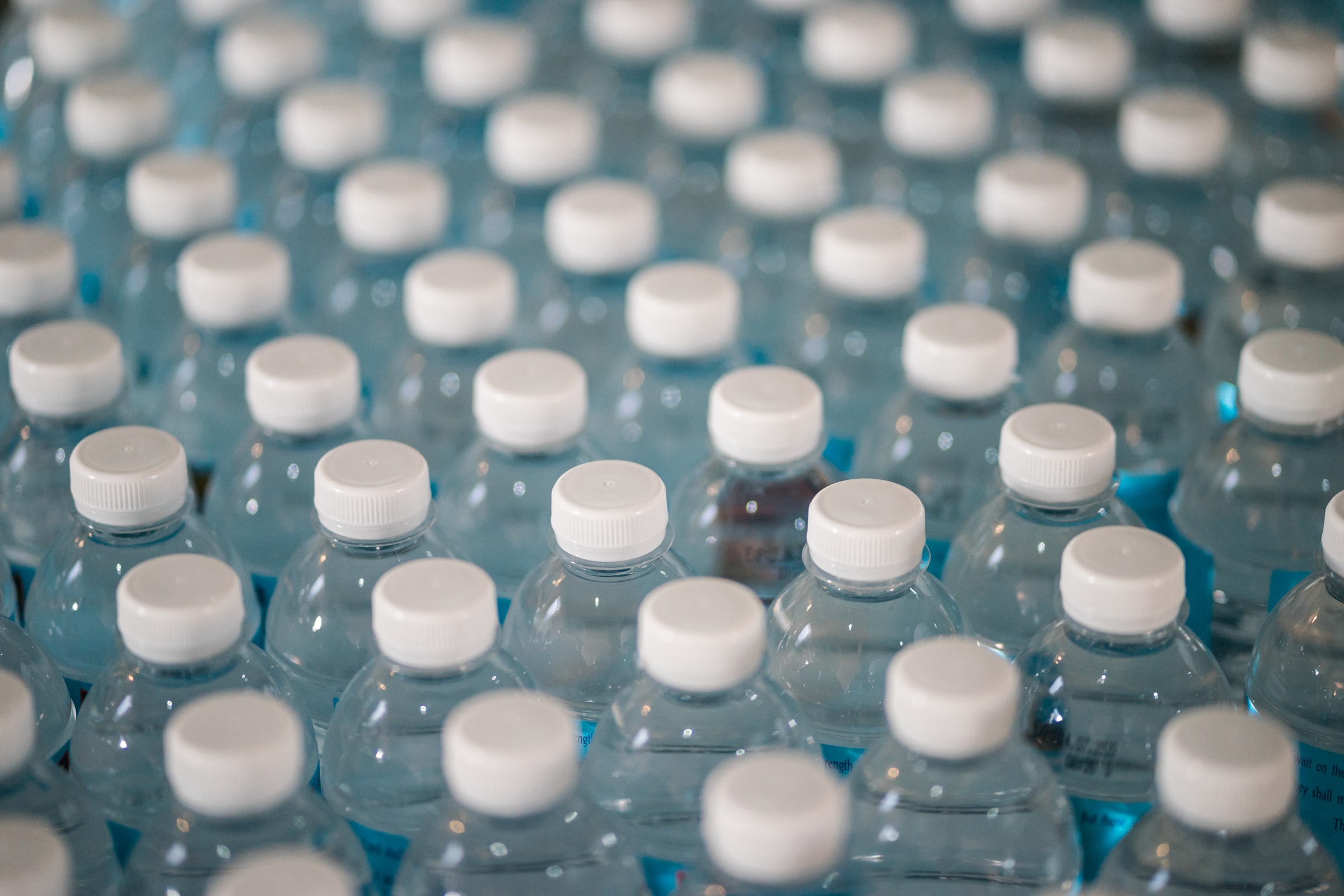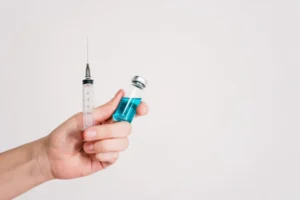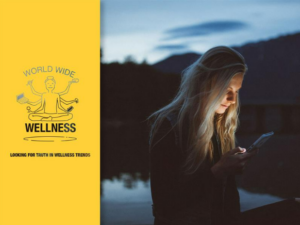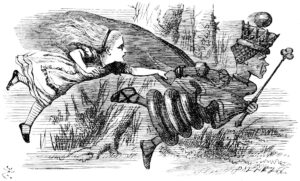Plastic is all around us. It’s in our phones, water bottles, furniture and clothes – it’s even inside our bodies.
A recent UWA review of the known effects of exposure to plastic-associated chemicals (PACs) found that they contribute to obesity, diabetes and heart disease.
The experts say more research is needed but what we know so far is worrying.
Life in plastic, it’s not fantastic
“It’s really difficult to avoid plastic because it’s everywhere: in packaging, in water bottles and in personal care products,” says Michaela Lucas, a clinical professor and immunologist at UWA Medical School.
From the top of Mount Everest to the bottom of our oceans, microplastics have contaminated Earth. We literally eat, drink and breathe them. Yep, you read that right. We might be inhaling plastic.

However, according to Michaela, we’re still in the process of fully understanding exactly how much plastic humans are inhaling.
Recently, a study detected microplastic pollution in human blood for the first time. In the study, almost 80% of participants had microplastics in their blood.
When these chemicals enter the human body, they can attach to the outer membranes of red blood cells, possibly limiting their ability to transport oxygen.
Plastics have also been found in human placentas. And in another study featuring pregnant rats, microplastics were able to pass through the lungs and enter the hearts, brains and other organs of the fetus.
So, early studies are suggesting that microplastics can gradually build up in our organs, similar to how they accumulate in the environment.
Disrupting the system
The endocrine system is a collection of organs that control the production and release of hormones in our bodies. It works by monitoring and adjusting the levels of different hormones in our blood. For example, our blood sugar levels are fine-tuned by the hormones insulin and glucagon released by the pancreas. Some hormones work locally while others have a widespread effect on the body.
PACs include polychlorinated phenyls, phthalates and bisphenol A (aka BPA). These chemicals interfere with naturally occurring hormones in the body, disrupt hormone receptors and mess with our metabolism.
For example, studies have found that BPA is structurally similar to the hormone oestrogen. It can attach to receptors reserved for oestrogen and restrict the flow-on effects oestrogen would have in the body.
Michaela says there’s mounting evidence that PACs also cause inflammation by disrupting the endocrine system.
“Given that inflammation is key to a number of chronic diseases such as cardiovascular disease and cancer as well as other autoimmune diseases, we are interested to see if this inflammatory capacity that [PACs] have is clinically relevant and can cause disease,” she says.
“More importantly, they've also raised the question of should we try to adapt our lifestyle to live without these endocrine disruptors? And would that improve human health?”
Given how dependent we are on plastics, that may be a tough ask.
What can we do for now?
While there’s still a lot to learn about the health effects of PACs, a few simple swaps can reduce your exposure to plastics in the meantime.
For example, Michaela doesn’t use plastic bottles or plastic food wrap. You could also avoid storing and heating food and drinks in plastic containers.
If it’s proven that PACs are medically harmful on a significant level, Michaela says it could have a big impact on the way we live our lives. But by how much remains to be seen.









